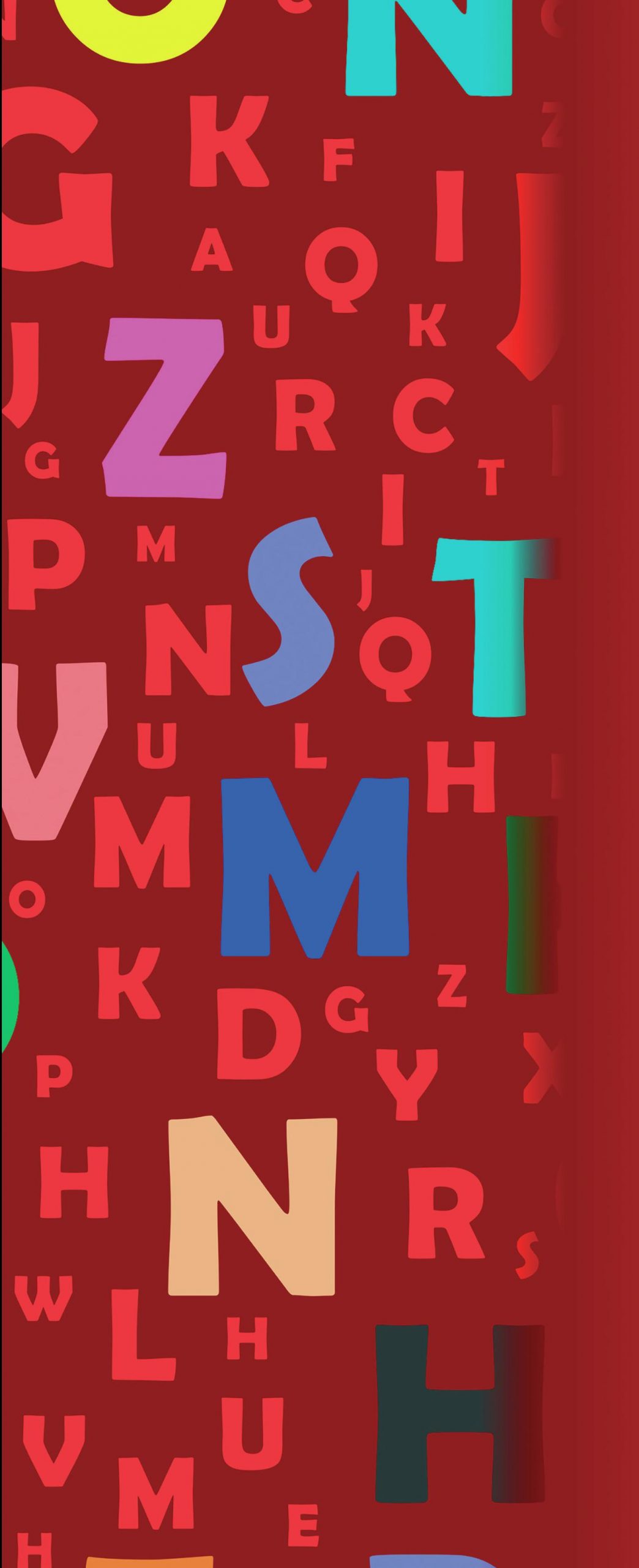
When describing the style of a literary passage, it is often useful to look at the sentence structure through the three basic types of sentence: simple, compound and complex.
A working definition of a simple sentence is ‘a group of words that is grammatically complete and expresses a single proposition’. In spoken English, and in special circumstances like road signs, a single imperative verb (‘Stop!’, ‘Fire!’) can be enough to qualify as a simple sentence. However, in written English the vast majority of simple sentences consist of at least two elements, a subject (S) and a verb (V), as in ‘The doctor (S) smiled (V).’ Note that the verb must be finite, that is, it must be in a form that expresses present, past or future tense: ‘The doctor smiles/smiled/will smile.’ but not ‘The doctor smiling.’
Your organisation does not have access to this article.
Sign up today to give your students the edge they need to achieve their best grades with subject expertise
Subscribe




